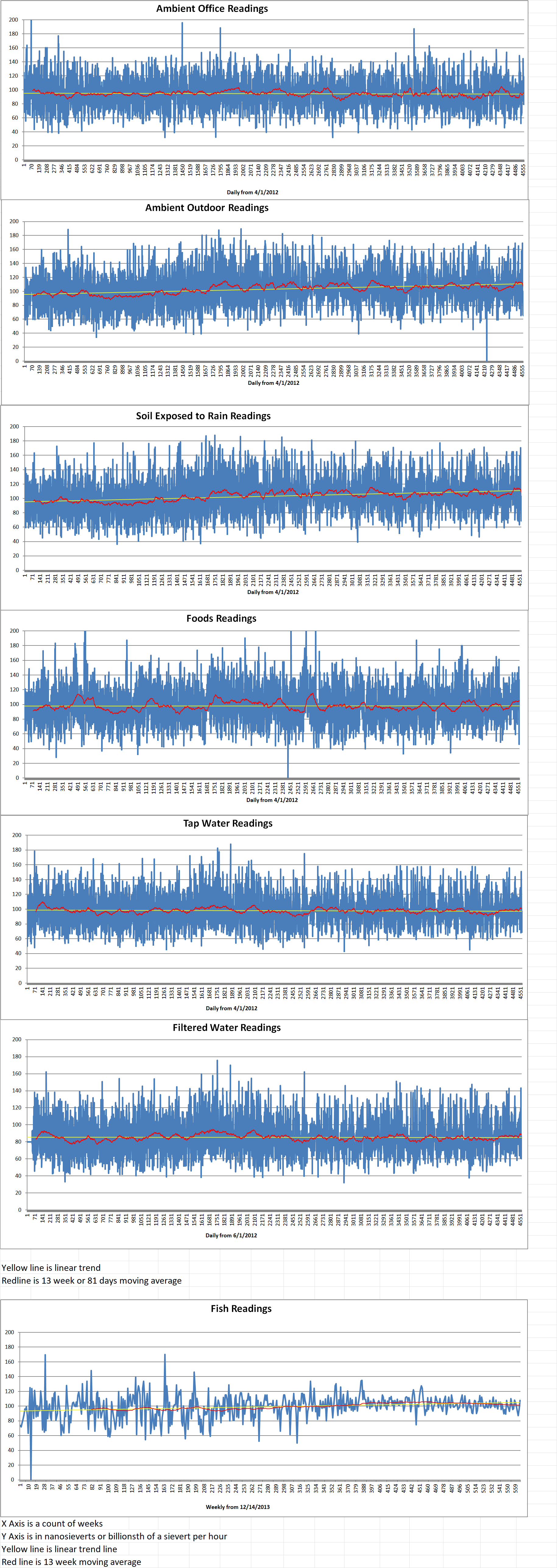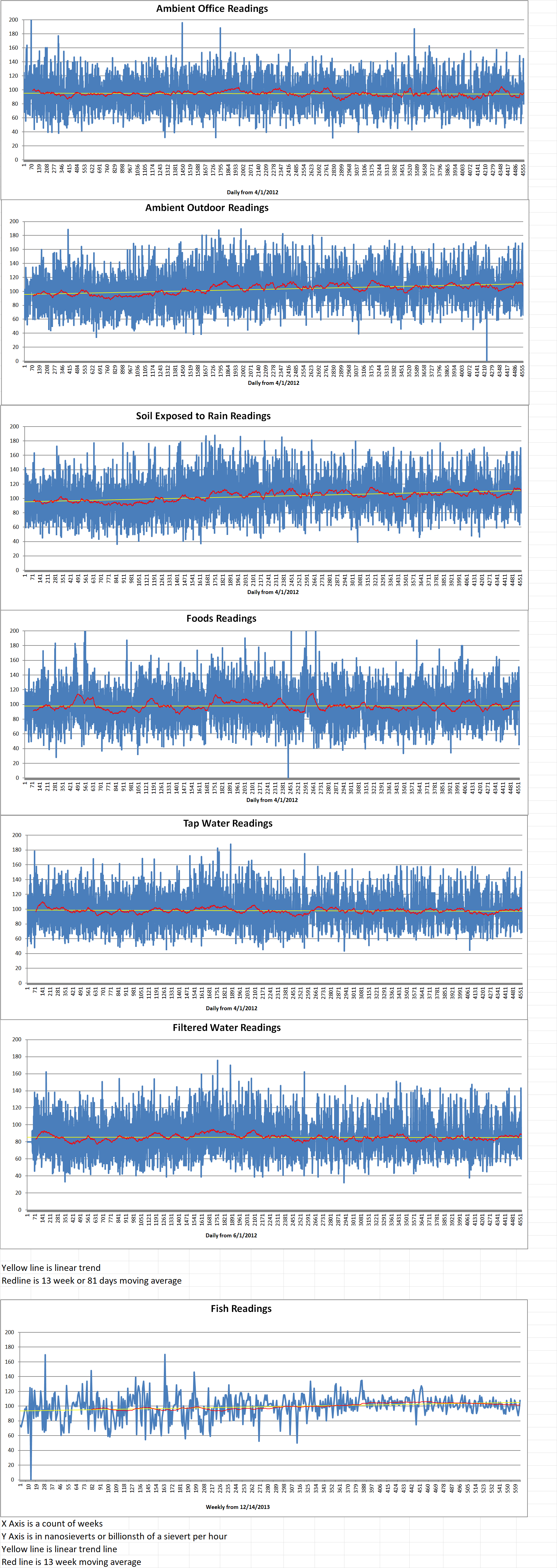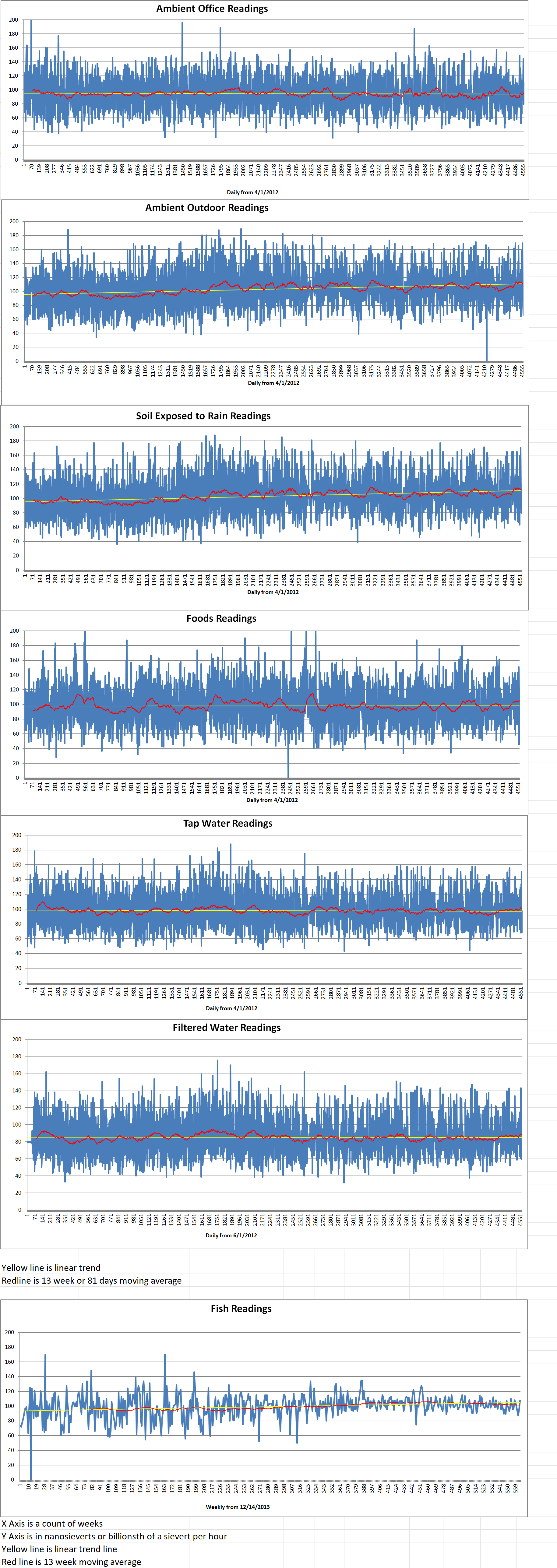Canada’s Candu Energy has just signed a preferred vendor agreement with South Korea’s Doosan Enerbility. This agreement will allow it to pursue collaboration on nuclear power projects worldwide, including the upgrading of Candu reactors and nuclear new-build projects.
According to Doosan Enerbility, it was selected by Candu Energy following the shortlisting of nine companies from about two thousand vendors for the role of preferred vendor. The preferred vendor agreement was signed in Seoul on the 29th of April of this year.
Doosan Enerbility said, “Upon signing this agreement, Doosan Enerbility will now be able to expand its participation in global nuclear projects, as it will have the chance to engage in the design, manufacturing, installation, commissioning and operation processes of global nuclear power plant projects being conducted by Candu Energy.”.
Gary Rose is the Candu Energy President. He said, “The Candu technology has already been successfully rolled out to four continents of the world and been proven to be a product of the highest reliability. As we endeavor to strengthen our supplier capabilities for Candu’s global projects, including those in the Asian region, we are delighted to have Doosan Enerbility come on board as one of our global supply chain partners.”.
Jongdoo Kim is the CEO of Doosan Enerbility’s Nuclear Business Group. He added, “Doosan Enerbility is the first-ever non-Canadian company to be selected as a preferred vendor, which is essentially a verification of the Korean nuclear industry’s competitiveness in the global market. With the signing of this agreement, we aim to participate in not only Candu Energy’s heavy water reactor facility upgrade projects, but also in nuclear new-build projects.”.
In 2024, Candu Energy placed orders with Doosan Enerbility to supply feeder pipes for use in the refurbishment of Unit 1 at the Cernavoda nuclear power plant in Romania and for the four Candu reactors at Canada’s Pickering B plant.
Earlier this month, Candu Energy finalized preferred vendor agreements with eight Canadian companies for the refurbishment and construction of Candu reactors. Agreements were signed with BC Instruments, BWXT, Celeros, ES Fox, Niagara Energy, NWI Precision, Senior Flexonics and Velan. Candu Energy said that these companies would benefit from preferential access to key contracts and will play a critical role in the deployment of new Candu reactors in Canada and abroad.
There are currently thirty-one Candu reactors in operation around the world, including in Canada, South Korea, Romania, China and Argentina. Candu units are pressurized heavy water reactors designed to operate for thirty years, with a further thirty years available subject to refurbishment. This process includes the replacement of key reactor components such as steam generators, pressure tubes, calandria tubes and feeder tubes. It involves removing all the reactor’s nuclear fuel and heavy water and isolating it from the rest of the power station before it is dismantled. Thousands of components, including those that are not accessible when the reactor is assembled, are inspected. All four hundred fuel channels and nine hundred and sixty feeder tubes are replaced during the high-precision rebuild.
AtkinsRéalis is the parent company of Candu Energy. It unveiled plans for the one-thousand-megawatt Candu Monark, a Generation III+ reactor with the highest output of any Candu technology, in November of 2023. AtkinsRéalis completed the conceptual design phase in September of 2024 and is in the planning stage of a vendor design review with the Canadian nuclear regulator.







